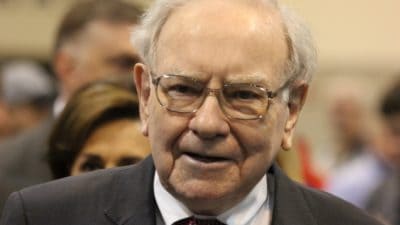Signs that the oil market will remain swamped with excess supply for much longer than expected make me reluctant to invest in Royal Dutch Shell (LSE: RDSB) despite predictions of market-mashing dividends.
The City expects Shell to fork out dividends of 188 US cents per share through to the close of next year, meaning the crude colossus sports a yield of 7.2%. This clearly blows the FTSE 100 forward average of 3.5% to smithereens.
But not even this headline-grabbing figure would be enough to encourage me to part with my cash.
Shale shines
Escalating fears over the crude market’s supply/demand imbalance are reflected by Shell’s share price sinking to its cheapest since late November just this week.
Investor appetite has seeped back through the floor as the reality of OPEC’s production agreement of autumn has become clear. While the cartel’s compliance rate has exceeded all expectations (the group’s compliance rate rose to 104% in March from 90% the previous month), more concerning is the resulting support for oil prices that has seen US shale producers return to work with gusto.
Baker Hughes data last week showed 683 drilling units in operation in American oilfields, representing the highest level for two years. This is putting huge strain on already-bloated crude inventories, and threatens to keep oil prices locked around or below the $50 per barrel marker as it has been for many months.
Even should OPEC extend its supply freeze beyond the initial six-month period due to expire in June, these steps would simply encourage North American producers to keep upping tools, thus putting the kibosh on any oil price breakout.
In danger?
A surge in crude values is essential for Shell to realise forecasts of earnings rises of 202% and 27% in 2017 and 2018 respectively.
Although the business continues to divest assets and reduce capex budgets to mend its pressured balance sheet, such measures can only be extended so far before they become seriously earnings-destructive in the long run.
Shell may have the necessary capital strength to shrug off poor dividend coverage to meet current dividend projections with anticipated earnings of 139.7 cents per share actually outstripping this year’s expected payout, while coverage stands at 1.2 times for 2018. But I believe the company’s generous dividend policy could come crashing down further out.
In a spin
Berendsen (LSE: BRSN) is another income stock expected to pay out big in the medium term, but which I am also giving short shrift to.
The laundry giant is anticipated to pay a 33.9p per share dividend in 2017, yielding 4.4%, and to lift the reward to 35.3p next year, yielding 4.5%.
But extreme trading difficulties are putting these projections under the microscope — Berendsen warned last month that the “first half of 2017 will continue to be impacted by legacy operations in the UK.”
Dividend coverage stands at 1.7 times through to the close of 2018, below the widely-regarded security benchmark of two times. And with net debt ballooning to £429.4m last year from £370.9m a year earlier, and Berendsen facing a lot of hard work and capital expenditure to remedy the chronic underinvestment of yesteryear, I reckon current dividend targets could fall well short.







